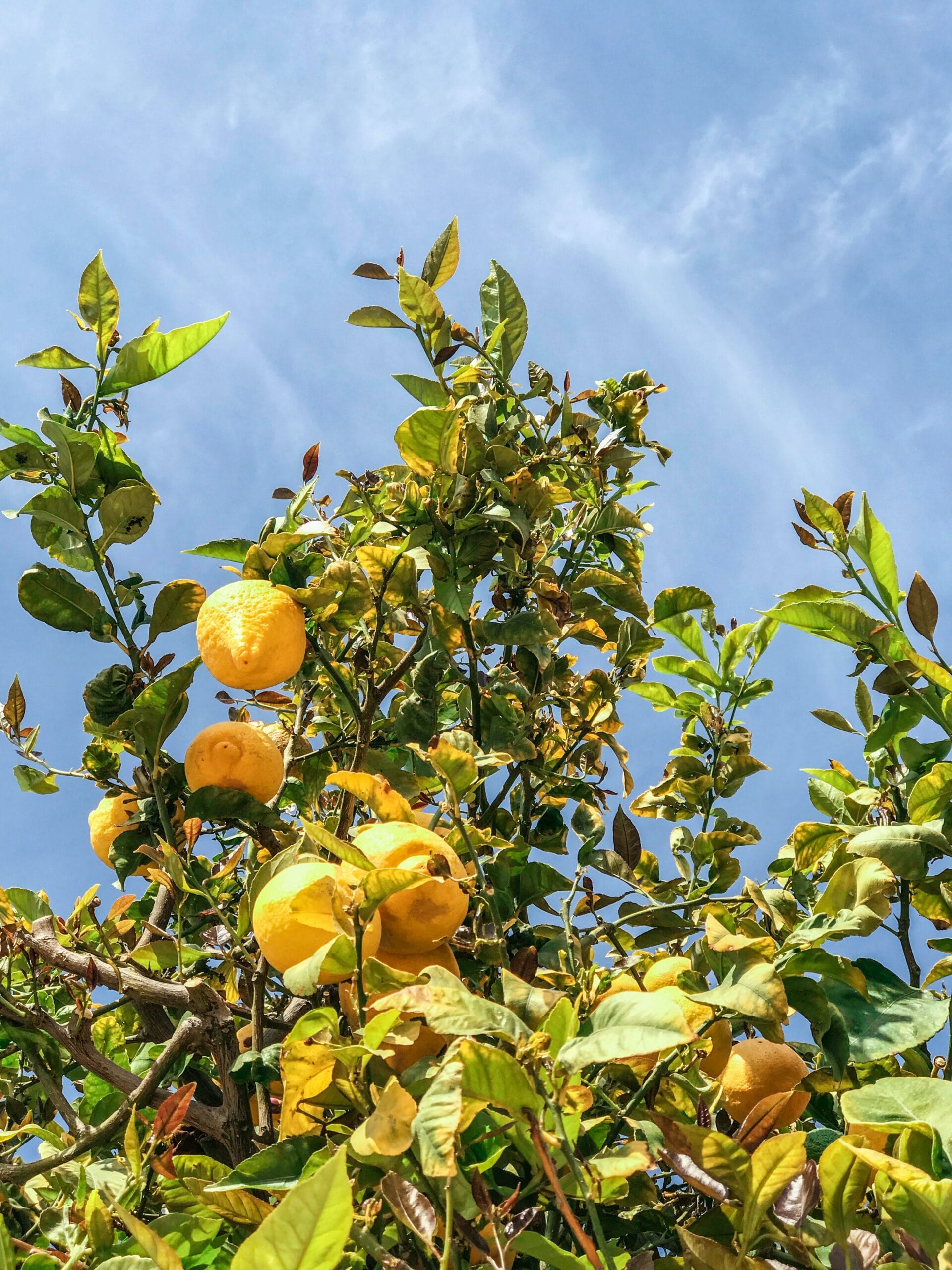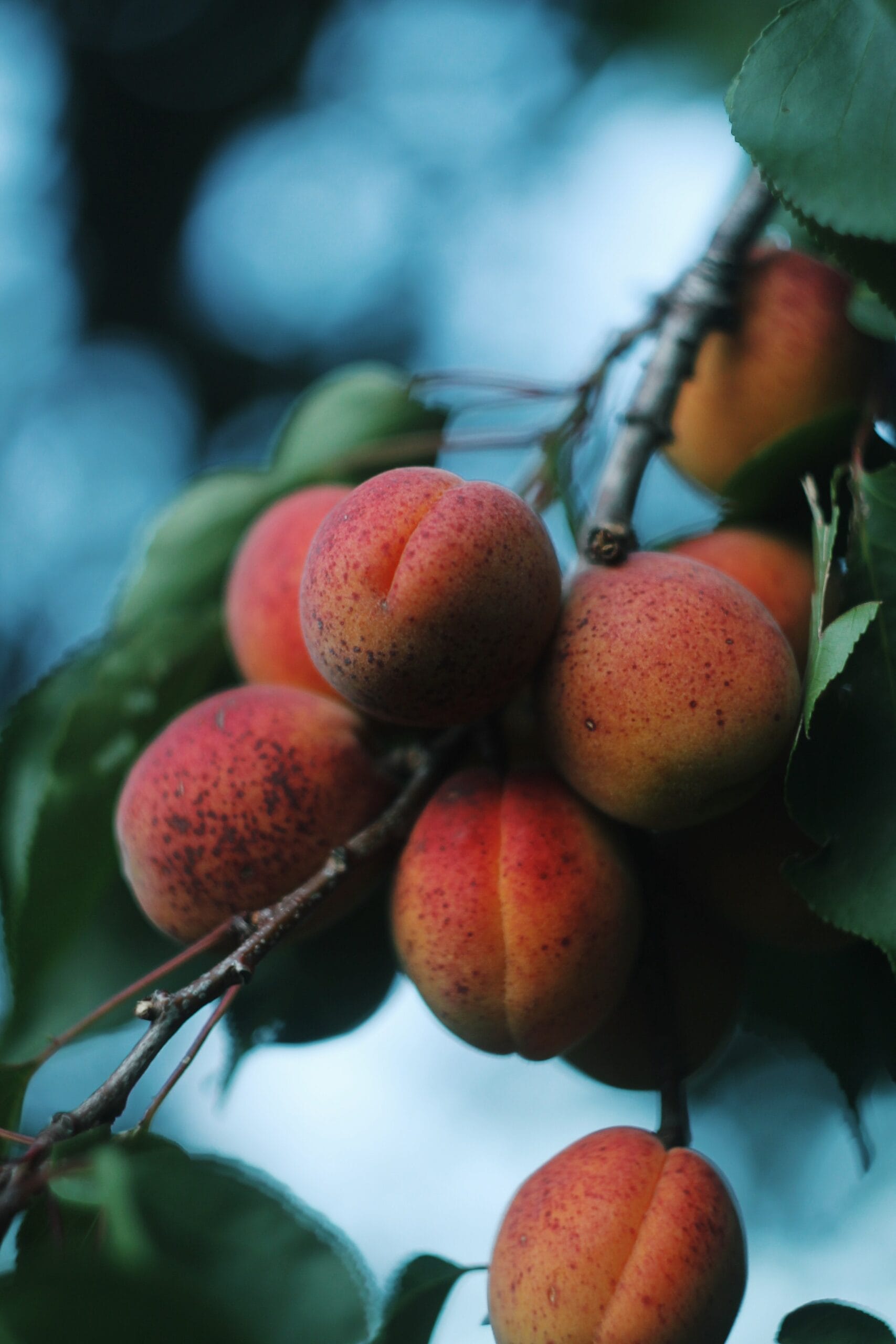
Growing Fruit Trees in Southern California: Your Guide to a Bountiful Orchard
August 30
5 min read
0 Comments
Your Guide to Planting a Lush Orchard
Are you dreaming of having your own lush orchard right in your backyard? Imagine stepping outside to pluck fresh, juicy fruit straight from the tree. Well, you’re in luck! Southern California’s warm and sunny climate is perfect for growing a wide variety of fruit trees. Let’s walk through the fruit trees that thrive in this region, sharing valuable tips and insights to help you cultivate a bountiful and fruitful garden. Whether you’re a seasoned gardener or a beginner with a green thumb, get ready to embark on a fruitful adventure of growing your own delicious harvest!
The Sweet Symphony of Citrus Trees: Oranges, Lemons, and More!
Citrus trees are the crown jewels of many Southern California edible landscapes. From the zesty flavor of oranges to the tangy goodness of lemons, these fruit trees not only provide a delectable harvest but also add a burst of vibrant color and a refreshing aroma to your garden. Classic citrus options like oranges, lemons, and juicy grapefruits are great for an in-ground orchard (with the right soil amendments) and .
If you’re looking for something more adventurous, some of our favorite citrus options are:
- Pummelo
- Mandarins
- Kumquats
- Finger Limes
- Pink Lemonade Lemons
- or Buddha’s Finger/Hands Lemons

Selecting Fruit Trees + Shrubs for Success: Planting Techniques
When it comes to a thriving orchard, timing is crucial. The fall season is the best time to plant perennial fruit trees and shrubs in Southern California. Specific timing and success can vary based on your zip code and specific microclimate, but this is where our expert team can help you select the best location for placing your trees. We take into account hours of sun, wind protection, water, chill hours, root depth/interference, and overall location size. Small spaces are great for dwarf trees grown in gorgeous containers. If you have a hillside, investing in a properly terraced slope to access trees is a great space saving (and erosion improving) option. And if you’re looking for a productive and beautiful fencing option, espalier fruit trees are a great addition.
Pro Tip: If your budget only allows for young fruit trees (2-3 years old), remove all of the fruit before year 4 to ensure healthy and strong root and branch development.

The Iconic Avocado Tree: Creamy Goodness at Your Fingertips
If you’ve living in Southern California for more than 10 mintues, you know we all love a creamy and buttery avocado! Avocado trees are well-suited to the Mediterranean-like climate in zones 9 + 10, making them a staple in many edible landscapes. With their smooth green skin and rich, nutty flavor, avocados are not just a tasty addition to your salads and sandwiches, but they also offer a host of nutritional benefits. However, it’s important to note that avocados need a lot of space to grow (average height can be 20-30 ft tall and wide!), like wind protection (especially when young), and produce better fruit when planted in pairs or with other avocado trees nearby in the neighborhood.
Here are some heritage varieties, according to their production season:
- Spring: Fuerte, Pinkerton, Bacon, Zutano, Santana, Rincon
- Summer: Lamb, Mexicola, Mexicola Grande, Edrinol, Gem, Hass, Esther, Lady, Queen
- Fall: Reed, Lamb, Hass, Walter Hole, Stewart, Topa Topa
- Winter: Pinkerton, Bacon, Zutano
Apple and Pear Trees: A Taste of Tradition
While apples and pears are often associated with cooler climates, certain varieties thrive in Southern California’s mild winters. Consider planting low-chill apple varieties like Anna and Golden Dorsett, or Asian pear trees that are well-suited to the region’s lack of chilly winter conditions.
Stone Fruits: Peaches, Plums, and Nectarines Galore
Bring the sweetness of summer to your garden with delightful stone fruits. Peaches, plums, apricots, pluots, and nectarines are not only delicious but also relatively easy to grow in Southern California. These trees thrive in the warm temperatures and produce a bountiful harvest that you and your family will enjoy.
Look for low-chill varieties suited to the region’s mild winters for the best results. Wondering about chill hours? Learn more from the UC Master Gardener’s Fruit Tree Guide.
Some delicious low-chill stone fruit options to consider for your orchard:
- Hollywood Plum
- Snow Queen Nectarine
- Blenheim Apricot
- May Pride Peach
- Emerald Drop Pluot
Fig Trees: A Mediterranean Treat
If you crave the taste of the Mediterranean, then fig trees are a must-have addition to your garden. These ancient and delightful trees are well-adapted to Southern California’s arid climate, producing succulent fruit that can be enjoyed fresh or dried. The luscious sweetness of figs is a favorite among gardeners and food enthusiasts alike.
Some delicious varieties include:
- Brown Turkey
- Mission
- Violette de Bordeaux
- Green
Pro Tip: Fig roots produce “pups” (i.e. – new fig plants) which some consider invasive. To limit plant creep, figs are easily grown in containers, adding height and interest. Just remember, they are a favorite of the large green fig beetles when fruiting!


FAQs: Your Fruit Tree Questions Answered
- Can I grow fruit trees in containers?
Absolutely! Many fruit trees can be grown in containers, which is perfect for smaller spaces or for those with limited garden areas. - Do fruit trees require a lot of maintenance?
While fruit trees do require some care, they are generally low-maintenance once established. Regular pruning, feeding, mulching, and watering will help ensure healthy growth and abundant harvests. - When is the best time to plant fruit trees in Southern California?
Fall and early winter are ideal times to plant fruit trees in Southern California, as the soil is still warm, which encourages root growth. - How much sunlight do fruit trees need?
Most fruit trees thrive in full sun, so it’s essential to choose a location in your garden that receives at least 6-8 hours of direct sunlight each day. - Can I grow tropical fruit trees in Southern California?
Yes, certain tropical fruit trees like mangoes, guavas, and bananas can be grown in Southern California, provided they are protected from excess wind during the cooler months.
Savor the Fruits of Your Labor
Congratulations on embarking on your fruit-growing journey! With the warm and sunny climate of Southern California on your side, you have a vast array of fruit tree options to choose from. Whether you’re craving the sweet tang of citrus or the creamy goodness of avocados, there’s a fruit tree that’s perfect for your garden.
Remember to provide your fruit trees with the care and attention they need, and before you know it, you’ll be harvesting your own bountiful and delicious crop. From blossoms to fruit, each season will bring new delights and the satisfaction of growing your own produce right at home.
So, roll up your sleeves, get your gardening gloves on, and get ready to savor the fruits of your labor. With a little love and dedication, your backyard can be transformed into a thriving and fruitful oasis that you, your family, and even your neighbors will enjoy for years to come.
If you’re just starting your gardening journey, fall is a the perfect time to plant your orchard in Southern California. The weather is ideal and we have a selection of great perennial options available for installation. If this is season to create the edible landscape of your dreams, schedule a consultation with our expert team.

Leave A Comment